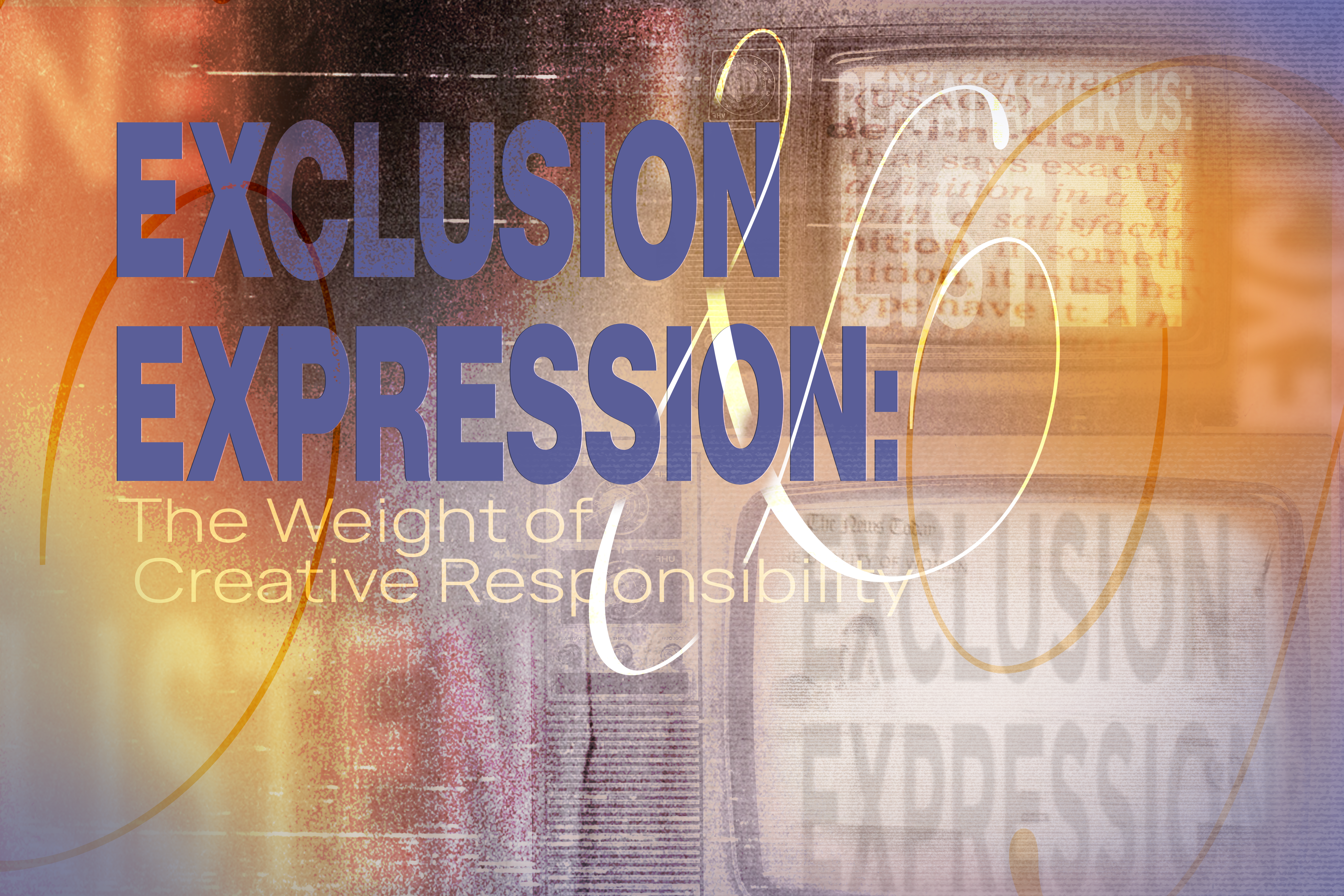Students flock to SCAD from all around the world for its renowned programs, esteemed facilities, and–for many–a campus and student body that accepts them as they are. SCAD is situated in a unique position as an art school that operates in two liberal-leaning and inclusive cities within the deep South. Though the lurking presence of transphobia and homophobia exists nearly everywhere, SCAD’s Savannah and Atlanta locations create subsequent safe havens in a region of states that are currently promoting legislation that aims to restrict and erase the existence of queer people. Over 4,000 people in SCAD’s student body come from Georgia, Florida, and Texas alone, three states that have already legalized bills banning gender-affirming care.
SCAD gives queer students a place to be themselves and create art that reflects who they are and what they stand for when many are not given that same freedom at home. This is why the integrity of our campuses’ diversity and safety is crucial to the student body, and when those values are compromised, we are the first to feel the direct impact. Simply existing as a queer person in any environment or industry carries an inherent danger. Those aggressions are heightened even more if you are gender-nonconforming or a POC. So, when ignorant choices contribute to already present threats and belief systems, a place that feels like a sanctuary can morph into a place of vulnerability overnight. And no, these aren’t just paranoid insecurities, internet vitriol can and does lead to real and physical consequences.
It can be an unfortunately apparent symptom when scrolling on Instagram, tuning in to cable news, and checking SCAD’s YikYak. We are all naturally opinionated, and sometimes it’s about the smallest and silliest of issues, like water being wet (it isn’t). On the other hand, sociopolitical issues and ethical dilemmas are plastered across headlines and feeds every other second. So, it’s refreshing to see large populations, especially ones that are usually pretty polarized, band together for the sake of community and compassion when their peers are threatened. It proves–if even for a short moment–that people care about each other and their wellbeing; it heartwarmingly demonstrates active efforts to be inclusive and welcoming. However, solidarity cannot erase all the internet trolls and subsequent safety hazards that follow.
Expression is and should be welcome in creative spaces, but there is a point where expression crosses over from simply sharing your beliefs or story, to promotion for hateful beliefs. As stated by fashion marketing professor at SCAD, Stephen White, in a day and age where digital discourse frequently prompts real life action, it is imperative that any work taking a stance on something that can quite literally be life or death, is grounded in “highly educated research”. White also emphasized how crucial it is “to understand that if you’re going to use creative work to join these conversations, you should come at it from an angle of knowing that there is a ton of research that goes into it. It’s not all based on personal bias.”
Additionally, when hate speech and harmful beliefs become “hot topics” of conversation in classrooms (or any space), trans and gender nonconforming people are forced to defend their right to exist, all while trying to make it through midterms. Though it may come as a shock to some straight, cis people, your existence being up for debate in your 8am class may have an impact on your creativity and ability to finish your homework. On top of that, the real life repercussions of spreading hateful, transphobic messages online putting safety in jeopardy can further increase queer students’ and staff’s anxiety and impact their ability to continue on as normal.
The need to be mindful of the impact of your so-called creative expression reaches far beyond the walls of college campuses such as SCAD’s. In mere months or years, we will be entering our respective industries and joining the larger world of creative professionals. As our platforms grow and we widen our reach, we obtain jobs in the real world and these ideals remain unwaveringly important. As artists, the obvious and symbolic messages we embed in our work will impact those referenced, associated, and existing around us. In the words of Stephen White, “design is empathy driven… and so, if there’s a lack of empathy, especially in a creative space where you know you’re going to get a rise out of people, you missed the point”. With the vast majority of creative industries that SCAD students enter into upon graduation being fueled by queer people, it would be hard to find a space where blatant transphobia would not get a rise out of people.
With anti-trans legislation continuously gaining steam, the fight for queer and trans liberation around the globe will become even more challenging. As creatives, it will always be our responsibility to ensure that the conversations we have and values we push are grounded in empathy-driven research and design. Take action, take accountability, and always consider the outcome and who your work may effect. Words, art, and people all have an impact, but we should also have decency, awareness, and respect.
Words by Flora Medina and Miia Popovics.
Graphic by Gavin Bacher.

